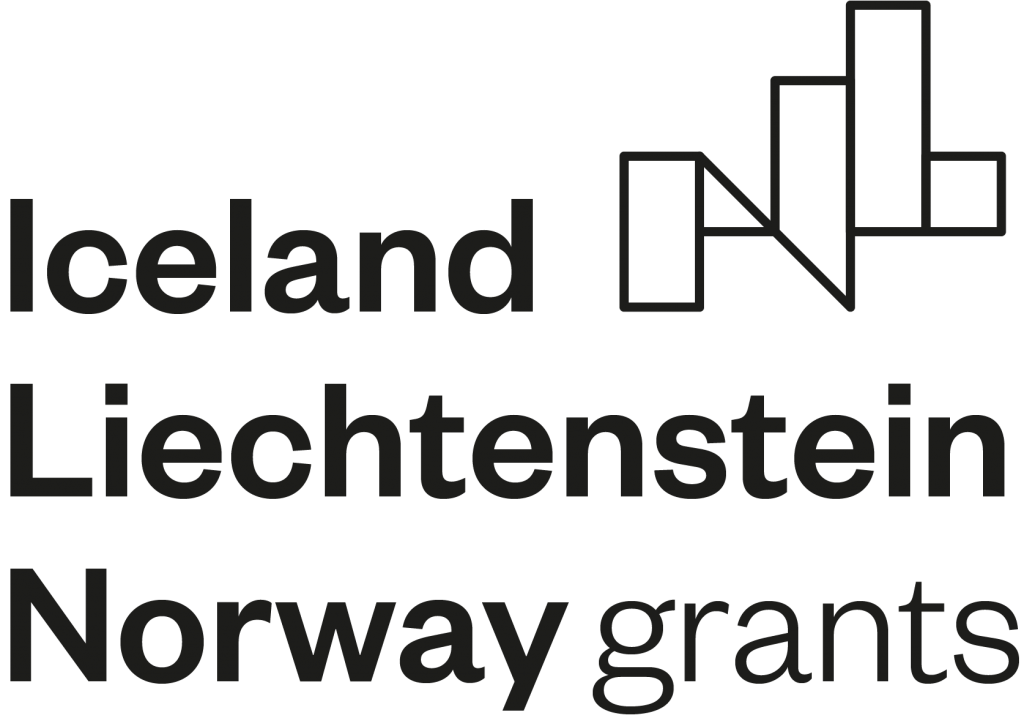for the profession: Landscape Architecture Technician
Qualification: OGR.04-. Organization of works related to construction and maintenance of small landscaping objects
Class: IV
Number of hours: 5 hours
Place of holding classes:
Topic of practical classes: Characterize plant protection products.
Unit Themes:
Familiarize yourself with the principles of using crop protection products.
The owner of the Portal is Zespół Szkół Technicznych im. W. St. Reymonta in Czartajew (Dluga Street 130, 17-300 Czartajew)
